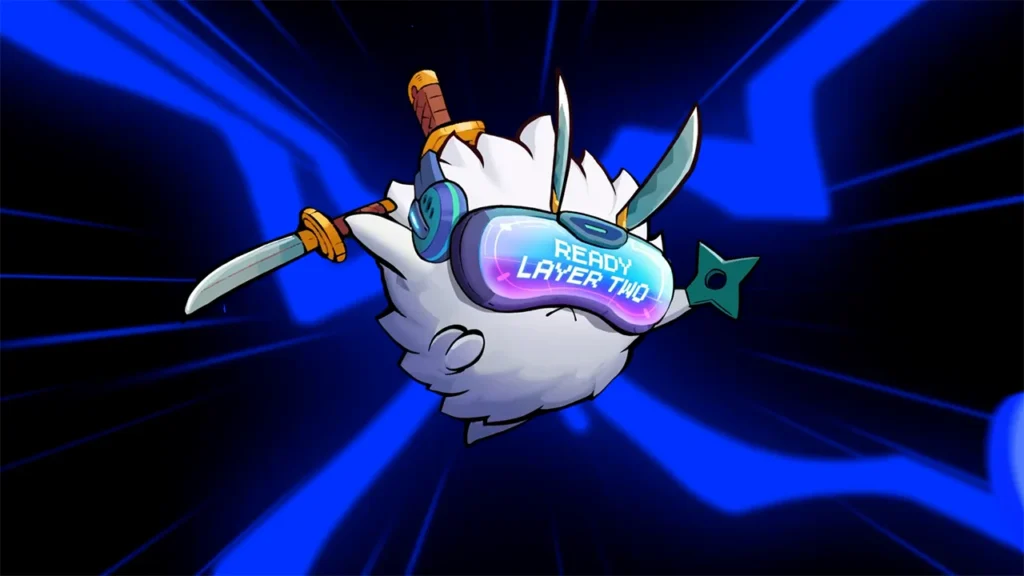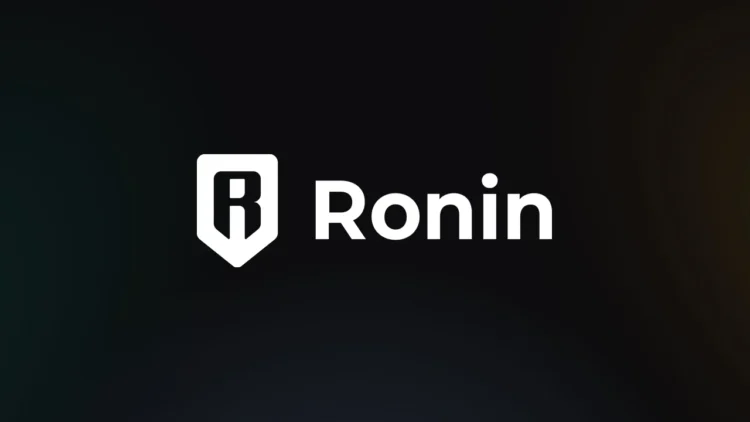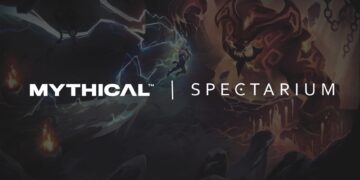Quick Take
- Ronin weighing Ethereum L2 migration proposals from Arbitrum, Optimism, Polygon, and ZKsync
- Packages range from $200K to $7M in grants, plus DA support and ecosystem incentives
- Migration is set for mid-2026 with Proof-of-Distribution staking
Ronin’s plan to migrate from its sidechain structure to a full Ethereum Layer-2 has triggered a bidding war among scaling networks eager to host one of crypto gaming’s most visible chains. Within days of Sky Mavis confirming the mid-2026 timeline for its “Homecoming,” Arbitrum and Optimism submitted rival proposals. Polygon and ZKsync followed with packages of their own.
Arbitrum pitched Ronin as an Orbit chain, promising sub-second block times, native $RON gas support, and tools such as Timeboost for validator revenue. Its offer leaned on gaming-focused infrastructure and developer access through Stylus, with a grant of 750,000 ARB over three years and additional ecosystem support from its $200 million gaming fund.

Optimism countered with a broader package tied to its OP Stack and EigenDA. The proposal included 100–200ms block times, scalability up to one million transactions per second, and ZK finality to reduce withdrawal delays. In response to community feedback, the OP Foundation increased its grant from 2 million to 5 million OP, distributed through revenue milestones, with Eigen Labs adding 750,000 EIGEN to cover data availability costs and Boundless contributing up to 700,000 ZKC for proving and withdrawals.
Polygon’s updated bid carried a total value of $2.68 million, combining $750,000 in POL tokens with $1 million in proving credits from Succinct and 750,000 EIGEN tokens for DA coverage. It also proposed helping Ronin launch a native USD-pegged stablecoin, tying the migration to a three-year exclusivity agreement on Polygon’s CDK-opgeth stack.
ZKsync joined with the smallest package: 3 million ZK tokens, worth around $200,000, plus 750,000 EIGEN. The plan featured 200ms block times and scalability via sharding, though the 19–31 week migration timeline was the longest of the group.
The competing offers underline Ronin’s importance as one of the most successful gaming chains to emerge during the play-to-earn boom. Its migration back to Ethereum is expected to include a new Proof-of-Distribution staking model aimed at rewarding builders rather than validators, alongside payments pilots rolling out in Southeast Asia later this year.
With major scaling providers now competing to bring Ronin into their ecosystems, the decision will carry weight beyond a single network. It will influence which L2 stack strengthens its foothold in crypto gaming at a time when the sector is pushing to prove long-term adoption.







